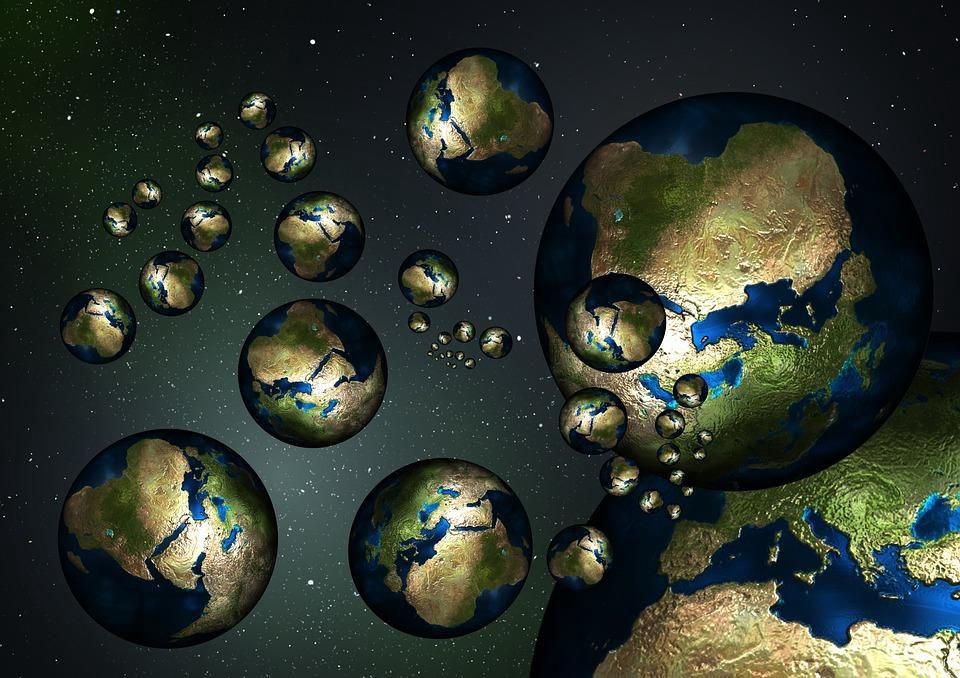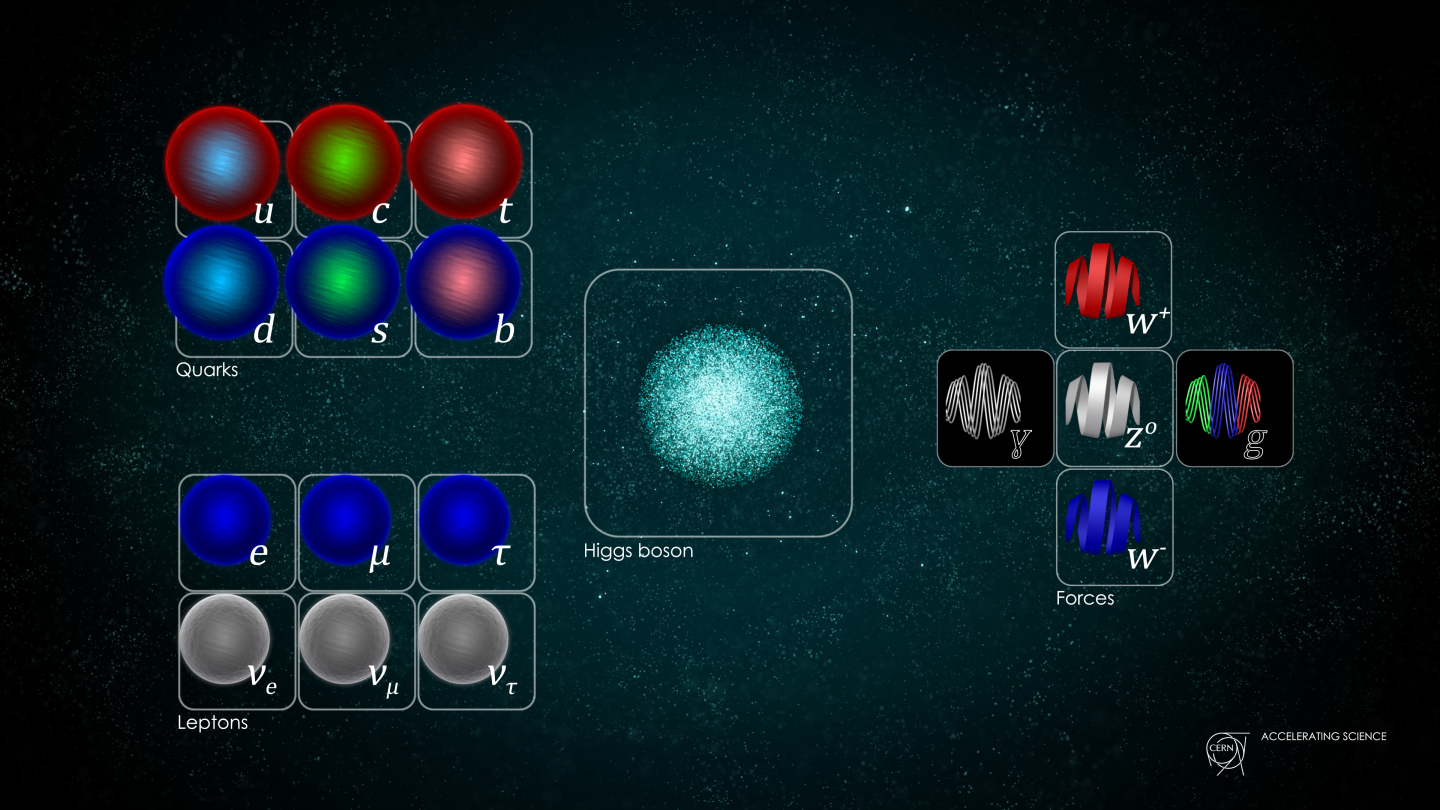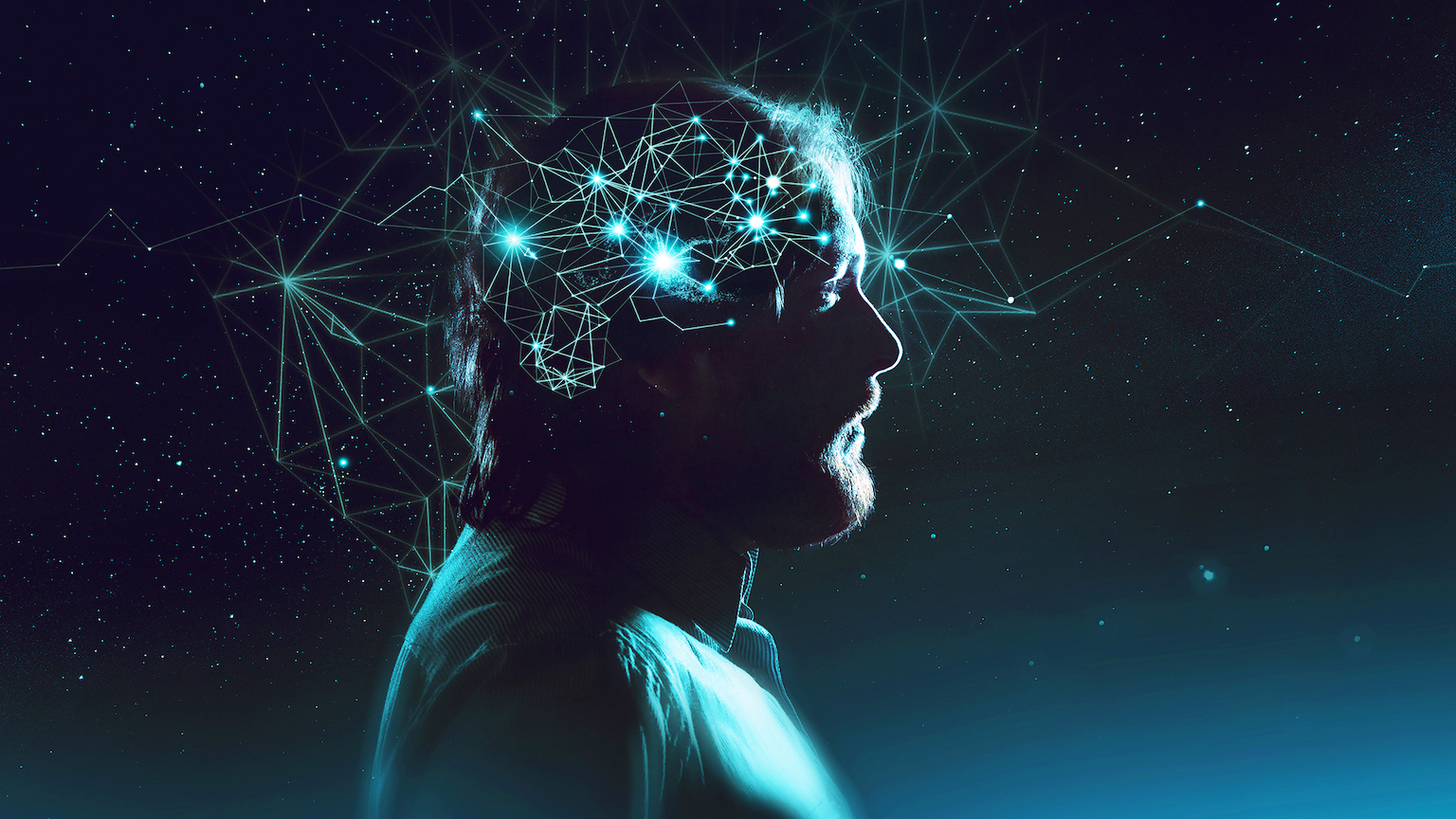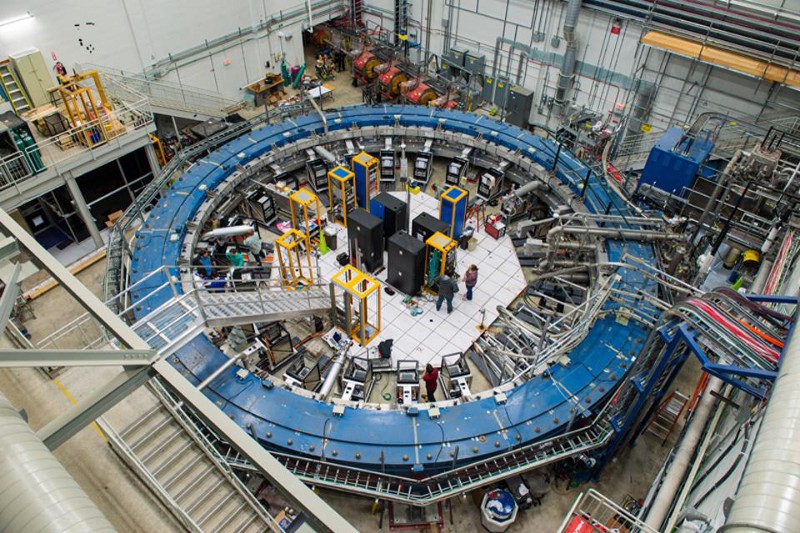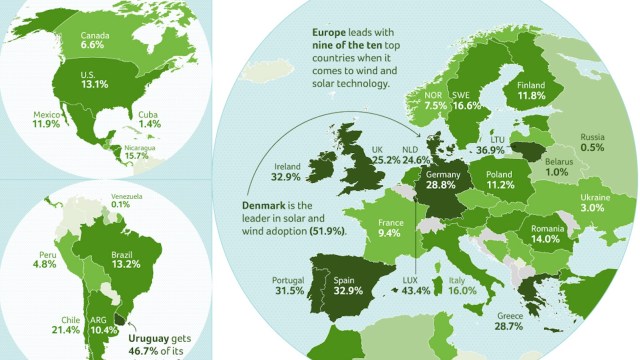What is quantum mechanics trying to tell us?
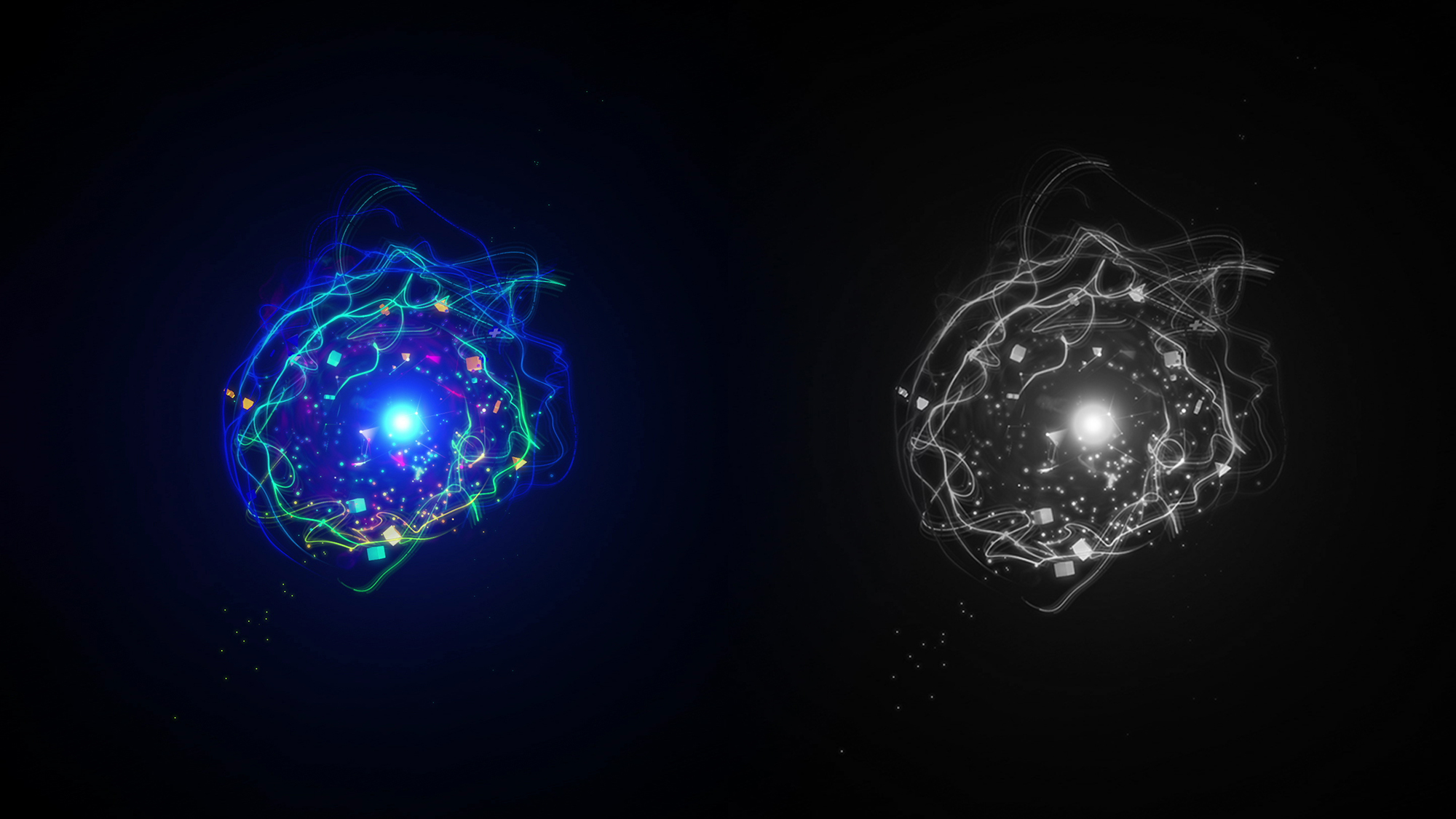
- Classical physics did not require special interpretations. But quantum mechanics introduced a whole world of weirdness that begs for an interpretation.
- Indeed, quantum mechanics prompts the deepest questions about the nature of reality.
- What is quantum mechanics pointing to? Ultimately, the answer is that it points to us. It is trying to tell us what it means to be a subject embedded in the Universe.
Classical physics did not need any disclaimers. The kind of physics that was born with Isaac Newton and ruled until the early 1900s seemed pretty straightforward: Matter was like little billiard balls. It accelerated or decelerated when exposed to forces. None of this needed any special interpretations attached. The details could get messy, but there was nothing weird about it.
Then came quantum mechanics, and everything got weird really fast.
Quantum mechanics is the physics of atomic-scale phenomena, and it is the most successful theory we have ever developed. So why are there a thousand competing interpretations of the theory? Why does quantum mechanics need an interpretation at all?
What, fundamentally, is it trying to tell us?
Affairs of state
There are many weirdnesses in quantum physics — many ways it differs from the classical worldview of perfectly knowable particles with perfectly describable properties. The weirdness you focus on will tend to be the one that shapes your favorite interpretation.
But the weirdness that has stood out most, the one that has shaped the most interpretations, is the nature of “superpositions” and of measurement in quantum mechanics.
Everything in physics comes down to the description of what we call the state. In classical physics, the state of a particle was just its position and momentum. (Momentum is related to velocity.) The position and velocity could be known with as much accuracy as your equipment allowed. Most important, the state was never connected to making a measurement — you never had to look at the particle. But quantum mechanics forces us to think about the state in a very different way.
In quantum physics, the state represents the possible outcomes of measurements. Imagine you have a particle in a box, and the box has two accessible chambers. Before a measurement is made, the quantum state is in a “superposition,” with one term for the particle being in the first chamber and another term for the particle being in the second chamber. Both terms exist at the same time in the quantum state. It is only after a measurement is made that the superposition is said to “collapse,” and the state has only one term — the one that corresponds to seeing the particle in the first or the second chamber.
What quantum mechanics points to
So, what is going on here? How can a particle be in two places at the same time? This is also akin to asking whether particles have properties in and of themselves. Why should making a measurement change anything? And what exactly is a measurement? Do you need a person to make a measurement, or can you say that any interaction at all with the rest of the world is a measurement?
These kinds of questions have spawned a library’s worth of so-called quantum interpretations. Some of them try to preserve the classical worldview by finding some way to minimize the role of measurement and preserve the reality of the quantum state. Here, “reality” means that the state describes the world by itself, without any reference to us. At the extreme end of these is the “Many Worlds Interpretation,” which makes each possibility in the quantum state a parallel Universe that will be realized when a quantum event — a measurement — happens.
This kind of interpretation is, to me, a mistake. My reasons for saying this are simple.
When the inventors of quantum mechanics broke with classical physics in the first few decades of the 1900s, they were doing what creative physicists do best. They were finding new ways to predict the results of experiments by creatively building off the old physics while extending it in ways that embraced new behaviors seen in the laboratory. That took them in a direction where measurement began to play a central role in the description of physics as a whole. Again and again, quantum mechanics has shown that at the heart of its many weirdnesses is the role played by someone acting on the world to gain information. That to me is the central lesson quantum mechanics has been trying to teach us: That we are involved, in some way, in the description of the science we do.
Now to be clear, I am not arguing that “the observer affects the observed,” or that physics needs a place for some kind of Cosmic Mind, or that consciousness reaches into the apparatus and changes things. There are much more subtle and interesting ways of hearing what quantum mechanics is trying to say to us. This is one reason I find much to like in the interpretation called QBism.
What matters is trying to see into the heart of the issue. After all, when all is said and done, what is quantum mechanics pointing to? The answer is that it points to us. It is trying to tell us what it means to be a subject embedded in the Universe, doing this amazing thing called science. To me that is just as exciting as a story about a “God’s eye” view of the Universe.
